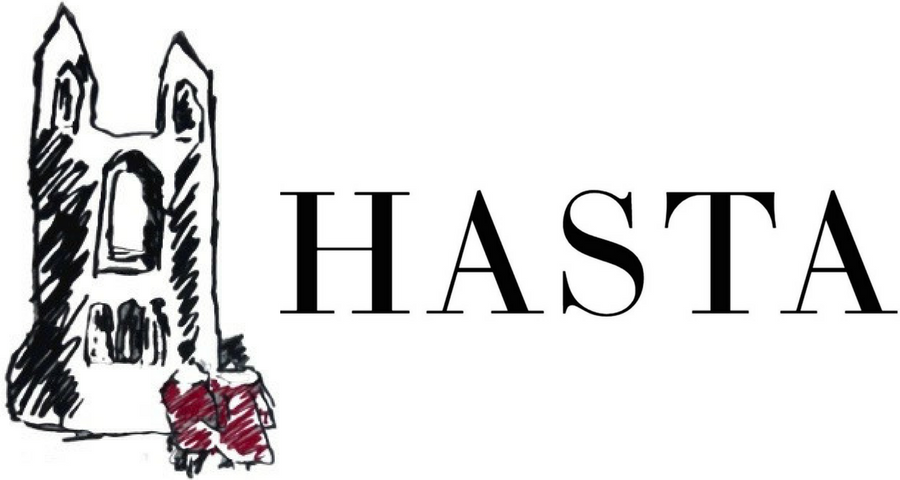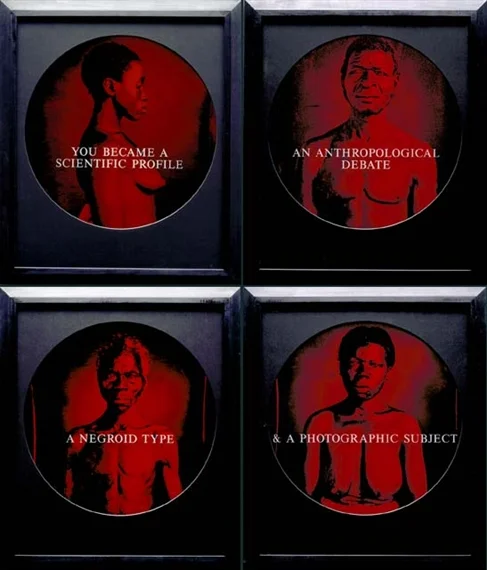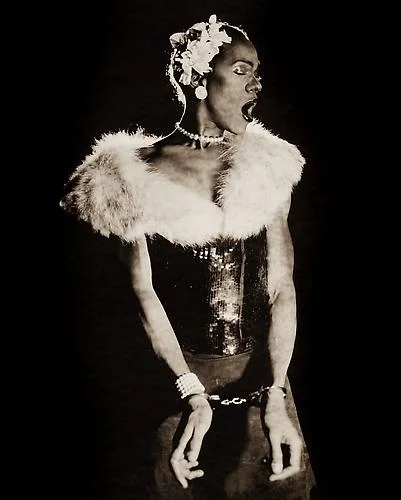Not Going to the Oscars
By Martyna Majewska
Today is the last day of February, which in America is known as The Black History Month (in the UK, October is the equivalent). It is also the day when we find out who has been awarded this year’s Oscars. Even though as I am writing this, the winners have yet to be revealed, one thing is already certain: none of the golden statuettes will go a black actor. The controversy surrounding the racial inequity in the Academy is well known, but it is important to stress that the problem extends beyond tonight’s gala and even beyond the US film industry. It is rooted in the ways black people are and have been represented.
HASTA is not a magazine about films and I shall leave analysing motion pictures to our School of Film Studies. However, there is a documentary that I recommend to those who want to know more about the misrepresentation of black people in America: Thomas Allen Harris’s Through A Lens Darkly: Black Photographers and the Emergence of a People. I was lucky to attend the screening and a discussion with the director himself last year, and I think every Art History student interested in photography should watch it (here’s the trailer: https://www.youtube.com/watch?v=o4Kd1GfkfW4).
Not only does it familiarise the viewer with some of the greatest black American artists, but it also explains how and why the perception of African Americans has become so skewed. Indeed, the main problem of the American film industry is not the absence of black people from Hollywood productions, but the way the black characters are portrayed. Nonetheless, I am not going to talk about the disgraceful pictures showing African-Americans eating fried chicken or watermelon, or white Americans in blackface. Instead, I would like to share a list of African-American photographers, who break racial stereotypes, either through what can be called documentary or straight photography, or by adopting a more conceptual approach.
James Van Der Zee
His photographs represent the period known as the Harlem Renaissance, when, following the Civil War and the Reconstruction Era, African Americans had started to win back dignity predominantly through their creativity: literature, music, dance, and the visual arts.
Gordon Parks
A photographer, musician, and film director, Parks documented both the rising power of the Civil Rights Movement and the daily struggle of black Americans. He is perhaps best known for the photo-essays he produced for the Life magazine.
Roy DeCarava
Famous for his pictures of jazz musicians, DeCarava seems to have had an eye for depicting space in a way that communicates emotion.
Dawoud Bey
A great portrait photographer, noted for his extremely candid images of young people. Whether accompanied by a caption or not, every picture he takes seems to speak volumes about the sitter without creating the impression of trying to force too much out of them.
Renée Cox
This Jamaican-born artist stages highly controversial images, often referencing the most celebrated works of art and artistic themes. She famously offended Rudi Giuliani, then mayor of New York City, by replacing Jesus Christ’s figure, in her re-creation of the Last Supper, with her own naked body. Here’s a similarly bold example of her work:
Carrie Mae Weems
I mentioned Weems a few weeks ago, but I think it is important to continue to call attention to her innovative, poetic, and politically powerful work, especially that she has just received the 2016 National Artist Award.
Lorna Simpson
Like Weems, she can be classified as a conceptual photographer, yet her ourve, like Weems’s, encompasses much more than photography. Exploiting the power of words, her photographs probe misconceptions about both race and gender in a somewhat minimalistic – but not understated – manner.
Lyle Ashton Harris
Thomas Allen Harris’s brother, Lyle Ashton uses drag to explore black identity from queer perspectives. His work is particularly important in shattering the paradigmatic figure of an African-American male.
Mickalene Thomas
The youngest of the artist on this list, Thomas produces highly elaborate tableaux with black women at the centre of attention. Thomas’s pictures show women who do not shun our gaze but instead seem to be anticipating it proudly, presenting not only themselves but also the environment they have created as a lavish spectacle which they are controlling.
Just as it is necessary that we stress that Black Lives Matter (for those unconvinced, I suggest reading this interview with Judith Butler http://opinionator.blogs.nytimes.com/2015/01/12/whats-wrong-with-all-lives-matter/), it is important that we continue to question the way African Americans are represented, both in the mass media and in fine art. It seems particularly important to speak about it today, because the Oscars is something people tend to consume in a rather mindless way, taking the Academy’s decisions for granted, and thus validating the many unfair portrayals that the awarded films promote.









